
Mardi Gras is French for Fat Tuesday. An official holiday in Louisiana, and celebrated all over the world, Mardi Gras is the day before Ash Wednesday. Revelers imbibe and indulge in parties, food and spirits until the following day when Lent officially starts.
During the forty days of Lent, many Christians forfeit pleasures and comforts in solemn preparation for Easter’s celebration.
On Mardi Gras, parade processions fill the streets of cities in the south. Elaborate floats escorted by costumed krewe greet guests with jovial flamboyance.
While you may sacrifice treats and other indulgences, there’s no reason why you can’t shop for a trinket to reward your diligence!
Synonymous with the colorful bead necklaces and gold coins tossed from the floats, Mardi Gras inspired us to find these jeweled goodies to consider for your Easter basket.
Enjoy the parade of gemstone jewelry set with the rich colors of Mardi Gras. Some of the featured jewelry reflects the iconic culture and traditions of New Orleans by jewelers in the Big Easy.
Colorful Meanings
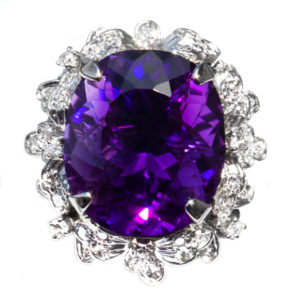
It’s believed the first Mardi Gras was celebrated in New Orleans in 1872*. As a means to draw business to the area, Grand Duke Alexis Romanov Alexandrovitch was invited to the city to partake in the pre-Lenten celebration.
In honor of their guest, the first Krewe of Rex chose the colors of the Grand Duke’s royal house, purple, green and gold, to reflect the reverent meaning of the celebration. Purple stood for justice, green for faith and gold for power.
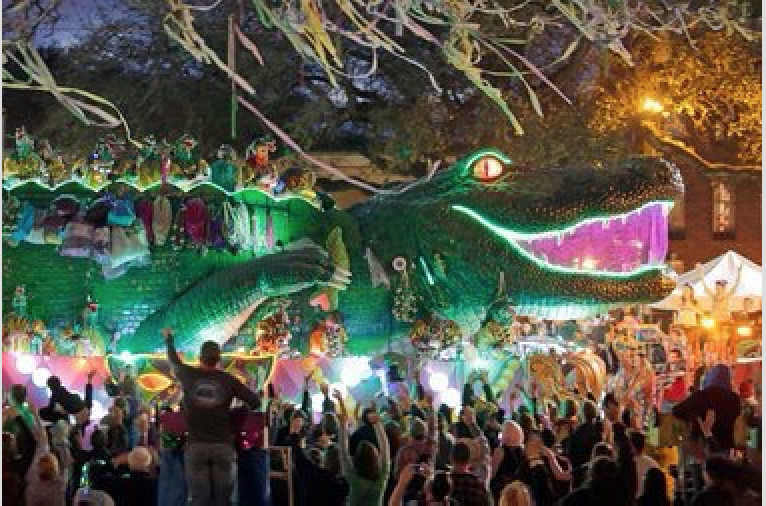
Since then, the three colors have influenced themes and selections of trinkets tossed to revelers at the parades.
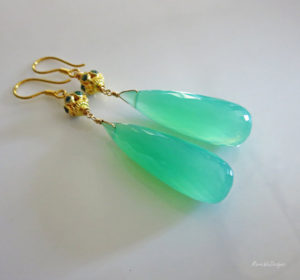
Mardi Gras Beads and Traditions
Originally, the krewe members threw green, purple and gold glass beads to parade goers. Later, plastic beads took their place.
While the colorful plastic beads are fun, they don’t last like real beads do.
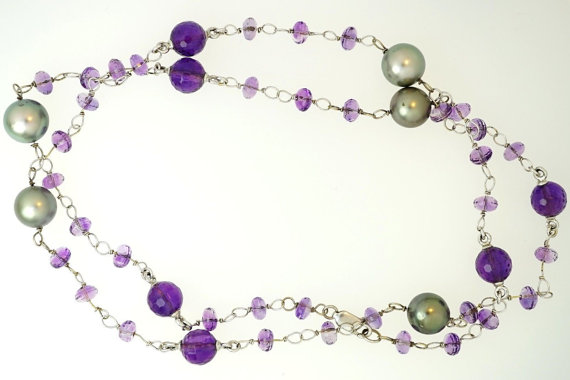
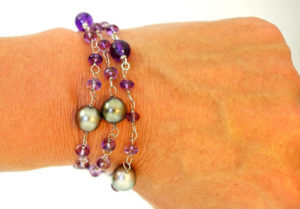

Ancient Greeks believed amethyst would protect them from drunkenness! A good reason to wear amethyst when celebrating Mardi Gras with cocktails!
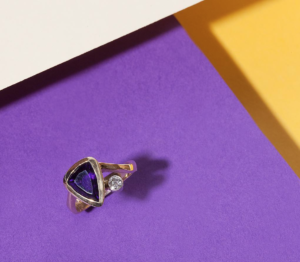
Local Charm and Jewelry

Honoring the culture of New Orleans, and inspired by the local environment, architecture and history, Mignon Faget (pronounced Minyon Faa-jay) creates jewelry designs that celebrate the area’s icons and traditions.
From whimsical collections like her Animal Cracker themed jewelry to colloquial history and themes, Mignon Faget jewelry is as beautiful as New Orleans is captivating.
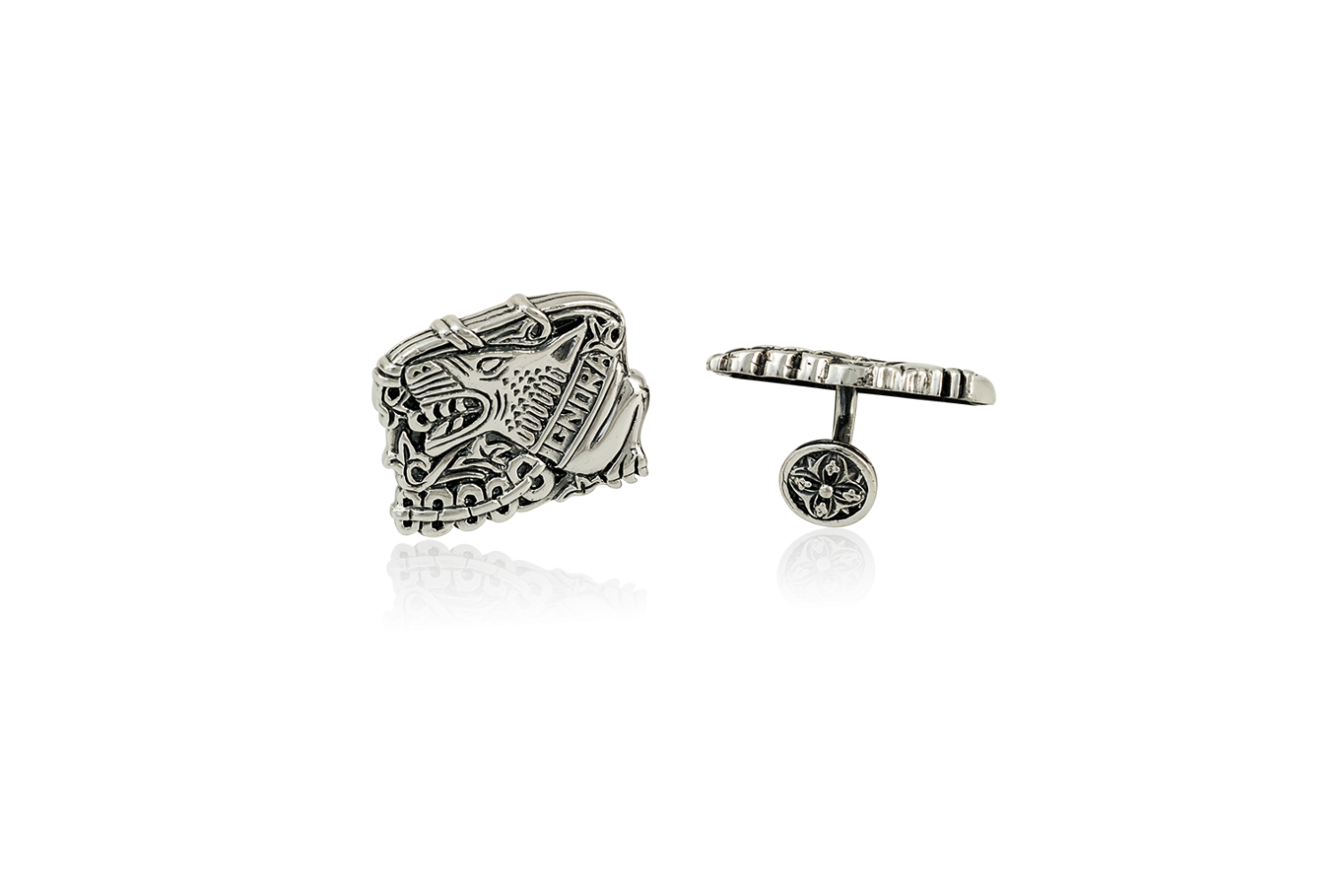
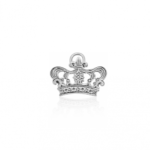 Shop online at www.mignonfaget.com to celebrate in your own Mardi Gras royal style!
Shop online at www.mignonfaget.com to celebrate in your own Mardi Gras royal style!
From boutiques to museum shops, you can purchase Mignon Faget jewelry in shops sprinkled through the South. Click the crown to the left to find shops offering Mignon Faget jewelry.
King Cake of Mardi Gras
It wouldn’t be Mardi Gras without mentioning King Cake. A delicious round pastry decorated with green, gold and purple icing and sugar, King Cake is an edible tradition of Mardi Gras celebrations.
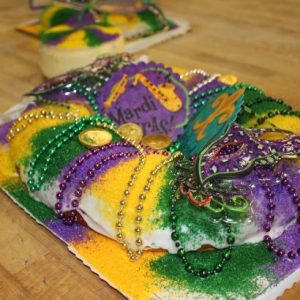
Canatta’s Bakery tells the story of the King Cake:
“The Epiphany or Little Christmas is observed on January 6th in many Christian churches. This day has come to be known as “Kings Day.”
Since the 300’s the day has honored the meeting of the three Wise Men with the infant Jesus. King Cakes became a part of the celebration to symbolize the “finding of the infant Jesus.”
Traditionally, King Cakes are oval-shaped to show unity of all Christians. The Mardi Gras season, which begins on this “Twelfth Night” (January 6th), is expressed on King Cakes by using the carnival colors of purple, green and gold. As a King Cake is cut, each person awaits anxiously for his piece to locate the small baby.
A plastic baby is inserted in each King Cake. The person who finds the baby is deemed the “King” or “Queen” and will bring the King Cake to the next King Cake party.”
If you’re lucky, local bakeries will carry King Cake, but if you’re Mardi Gras deprived, Cannata’s Bakery in New Orleans will ship your King Cake to you!
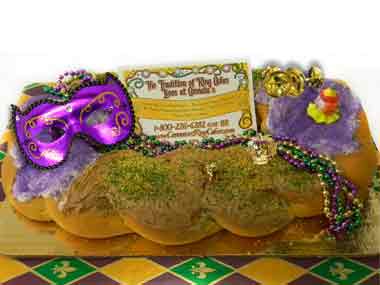
To shop the jewelry or cake, click the links throughout the post and in the photo descriptions.
Happy Mardi Gras!
*For more stories behind the first Mardi Gras and its history, visit the sources below for more details.
http://www.history.com/topics/holidays/mardi-gras
http://www.mardigrasneworleans.com